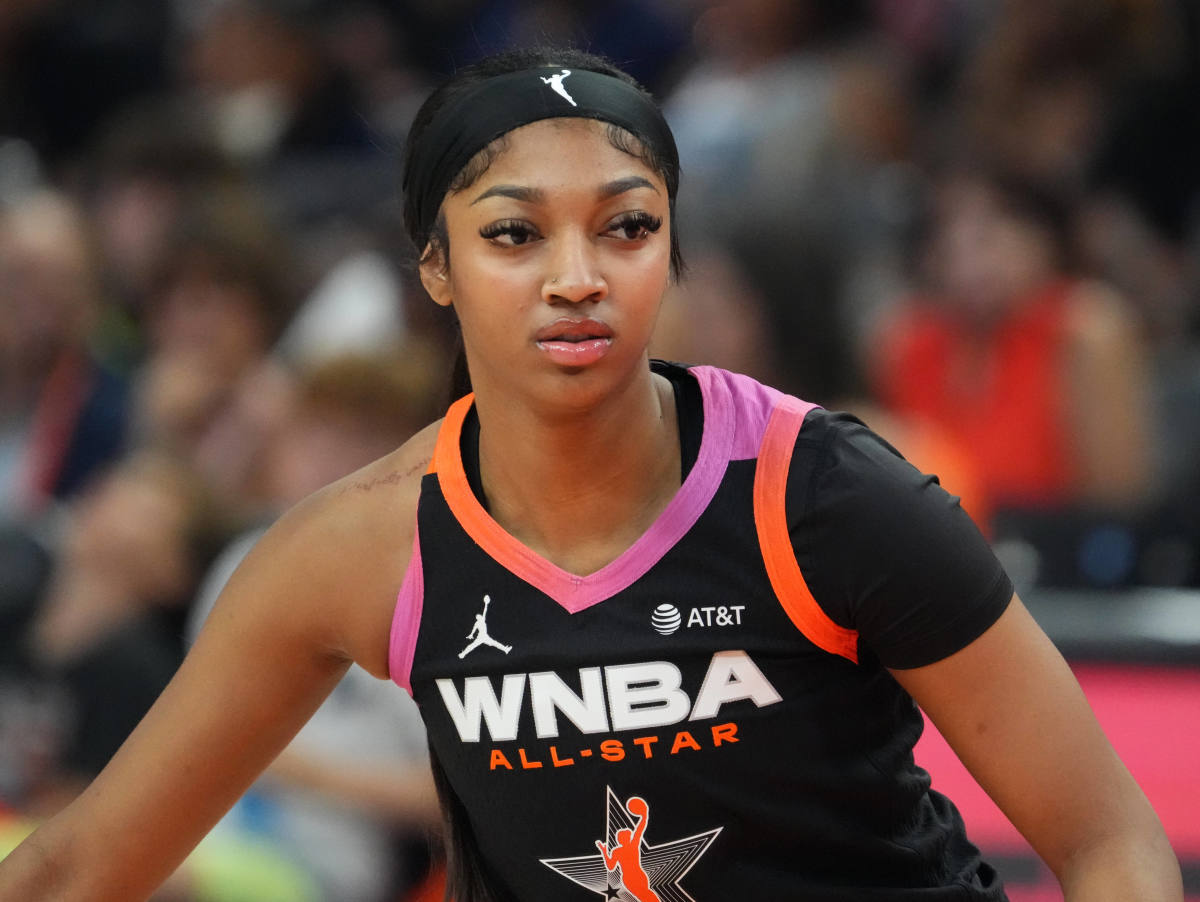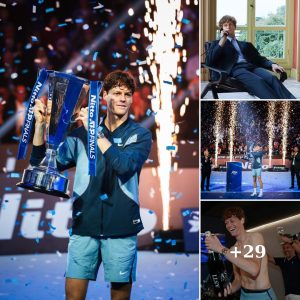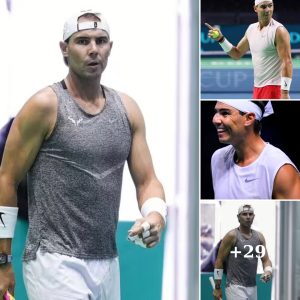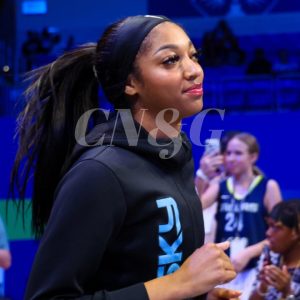Ranking 2024 WNBA rookies: Angel Reese, Caitlin Clark, more – Inspirational Stories
lot can happen over the course of a month in the WNBA.
Chicago Sky rookie Angel Reese has gone on a historic double-double streak. The Indiana Fever’s Caitlin Clark became the WNBA’s first rookie to record a triple-double. And Cameron Brink, who was No. 1 the last time we ranked the WNBA rookies, was lost for the season to a torn ACL after only 15 games.
With so many shakeups, our updated rookie rankings reflect a much larger sample. As a refresher on our process, each 2024 rookie is rated based on how many wins each has added so far this season, using a consensus of three different advanced value metrics: Basketball-Reference’s Win Shares, Estimated Wins Added from Player Efficiency Rating (PER) and wins generated via Estimated RAPTOR, a plus/minus-style stat that accounts for both a player’s individual production and her effect on her team’s net rating during a game. The RAPTOR metric is a new addition to these rankings, and it’s a big improvement because it includes a player’s stats and the effect of those stats on the game.
Each estimate of wins created is then averaged into a single metric, called Consensus Wins, which can then be used to rank every qualified rookie. Last time, we ranked off of per-minute production because teams had played wildly disparate numbers of games; now we can simply rank off of total wins added, as each team has played between 21 and 23 games — which also marks the halfway mark of the WNBA’s 40-game season.
We’re still judging each rookie’s rate metrics on a percentile scale (0-100) relative to all WNBA players this season — in scoring (based on points per 100 possessions), true shooting percentage, passing (based on assist rate), rebounding rate and defensive impact (based on both RAPTOR and defensive rating). That way, we can see why players rank where they do.
Let’s begin with the two rookies who have begun to put distance between themselves and the rest of the 2024 draft class.
1. Angel Reese, F, Chicago Sky

Last ranked: No. 2 | Draft pick: No. 7 (LSU)Win Shares: 2.8 | PER Wins: 3.3 | RAPTOR Wins: 2.5 | Consensus: 2.9
Rankings Breakdown
As of July 10, here is Reese’s standing (on a 0-100 scale):
SCORINGTRUE SHOOTINGPASSINGREBOUNDINGDEFENSE
68241810078
For the most part, Reese has been a stat-stuffing dynamo in her debut campaign. She is a close second (behind Clark) in points per 100 possessions among rookies, leads by a mile in rebound rate and has been the best active defensive rookie following Brink’s injury June 19. And aside from teammate Lindsay Allen, no member of the Sky has been associated with more of an uptick in the team’s performance while on the court than Reese, who has overseen a 16.6-point improvement in Chicago’s net rating when she’s in the game.
Where she can improve: Despite hitting her first two career 3-pointers in her recent 27-point outing against Seattle, the biggest flaw in Reese’s s𝓀𝒾𝓁𝓁 set remains her shooting. She’s not a consistent threat from 3-point range yet, and at 75% from the line, she’s a below-average free throw shooter as well. A player as good on the inside as Reese is needs to shoot better than 43% on 2-pointers sooner or later. (The league average on 2s is 49%, a mark Reese is missing because she takes 42% of her shots from midrange and makes just 27% of them.) But if Reese is contributing this much while shooting inefficiently, imagine when she improves that aspect of her game.
2. Caitlin Clark, G, Indiana Fever

Last ranked: No. 6 | Draft pick: No. 1 (Iowa)Win Shares: 0.9 | PER Wins: 2.1 | RAPTOR Wins: 1.8 | Consensus: 1.6
Rankings Breakdown
As of July 10, here is Clark’s standing (on a 0-100 scale):
SCORINGTRUE SHOOTINGPASSINGREBOUNDINGDEFENSE
7678995832
No player has improved more since our initial rankings than Clark, who is averaging 18.3 points, 10.1 assists and 7.6 rebounds per game (on 63.2% true shooting) since mid-June. Clark has also gotten her signature logo 3-shooting touch going, with a 15-for-36 showing (41.7%, which is significantly higher than the overall WNBA 3-point average of 33.7%) on shots of 30-34 feet. And the Fever have been better with Clark on the court than off, which wasn’t true early on in the season.
Where she can improve: I wrote a long explainer here about why the advanced metrics aren’t quite as high on Clark as we’d expect from the eye test — or her hype entering the league. The TL;DR is that she still turns over the ball far too often, hurting her overall offensive efficiency (even if some of those turnovers are because teammates are not anticipating her passes), and that her defense still needs work. But my main takeaway was that rookie WNBA guards have a lot more trouble adjusting to the league than bigs, which explains why similar talents such as Kelsey Plum and Sabrina Ionescu put up weak metrics in their first full seasons. Both turned into stars, and Clark is already arguably ahead of the same development curve as a rookie.
3. Aaliyah Edwards, F, Washington Mystics

Last ranked: No. 7 | Draft pick: No. 6 (UConn)Win Shares: 1.1 | PER Wins: 1.0 | RAPTOR Wins: 0.4 | Consensus: 0.8
Rankings Breakdown
As of July 10, here is Edwards’ standing (on a 0-100 scale):
SCORINGTRUE SHOOTINGPASSINGREBOUNDINGDEFENSE
4946168555
Among the most improved rookies, Edwards deserves a mention alongside Clark. After an uneven May, Edwards is averaging 10.3 PPG and 7.2 RPG on 52.3% shooting since the beginning of June, further solidifying her pre-draft profile as a potential double-double threat as a scorer and rebounder. She’s also right behind Dallas’ Stephanie Soares as the most prolific active shot-blocking rookie (swatting 3.9% of opponent attempts on the interior) with Brink out.
Where she can improve: Edwards has been in and out of the Mystics’ starting lineup depending in part on the availability of Stefanie Dolson and Myisha Hines-Allen. But it also isn’t clear that her boxscore production has consistently led to making the team better. Among Washington regulars, she has the second worst on-versus-off plus/minus of anyone, with the team posting a net rating 5.0 points worse with Edwards in the game. One reason to explain that is because of a lack of passing, which limits her ability to impact the game when she isn’t trying to score for herself.
4. Kamilla Cardoso, C, Chicago Sky

Last ranked: Not ranked | Draft pick: No. 3 South CarolinaWin Shares: 0.8 | PER Wins: 0.7 | RAPTOR Wins: 0.2 | Consensus: 0.6
Rankings Breakdown
As of July 10, here is Cardoso’s standing (on a 0-100 scale):
SCORINGTRUE SHOOTINGPASSINGREBOUNDINGDEFENSE
311979551
After missing the original ranking because she was out with a shoulder injury, Cardoso made up for lost time right away with double-digit points in six of her first nine career games. She has slowed down the scoring some since, but she has double figures in rebounding in six of her past nine contests, and is second only to teammate Reese in rebound rate among rookies. The 6-foot-7 Cardoso also recorded a career-best four blocks against the Seattle Storm on Sunday, following that up with three blocks against Atlanta on Wednesday.
Where she can improve: Cardoso’s scoring efficiency — she has a 47.9 true shooting percentage — is low for a player of her size and talent. (By contrast, she had a 61.1 TS% as a senior at South Carolina last season.) As previously referenced in the write-up for Clark, we typically see touted rookie bigs maintain more of that in the WNBA, but Cardoso hasn’t followed that rule yet. And despite her status as a rim-protector, the Sky’s defense has gotten worse with her on the court.





